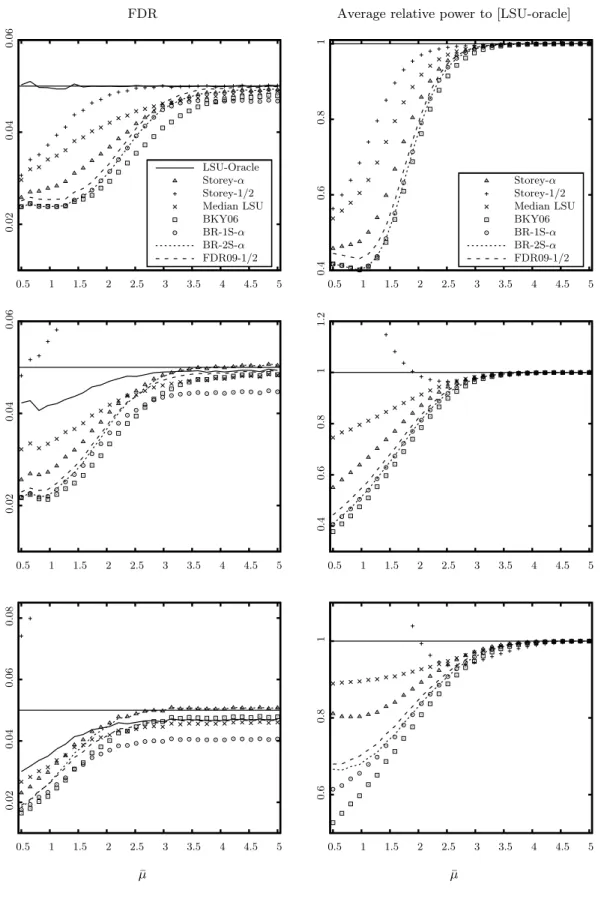Adaptive FDR control under independence and dependence
Texte intégral
Figure




Documents relatifs
Hybrid model and proposed control law In this section we design an hybrid dynamical system, following the paradigm given in [13], wherein continuous- time behavior encompasses
This work has led to some interesting insights into the relationship between model checking and other methods of protocol analysis based on strand spaces and Horn clauses. 1
Les adolescents ont été interviewés via des bandes sonores sur des questions qui concernaient les thématiques suivantes : grandir avec un frère ou une sœur atteint
The 11-trifluoro-17-ketone (3) was metabolized and the metabolites separated by HPLC as previously described (11), using hepatic microsomal preparations from rats pretreated
The main contributions of this result is to provide more flexibility on the choices of j 0 and j 1 (which will be crucial in our dependent framework) and to clarified the
Each test contains from 5 to 8 questions of two types: with one correct answer (one-alternative question) and several correct answers (multi-alternative). Developed
Macnab, “A new robust adaptive-fuzzy control method applied to quadrotor helicopter stabilization,” NAFIPS Annual meeting of the North American Fuzzy Information Society,
The proposed similarity metrics, based on Kendall and distance correlations, applied to the community detection algorithm give some differences in the re- sulting clusters obtained
